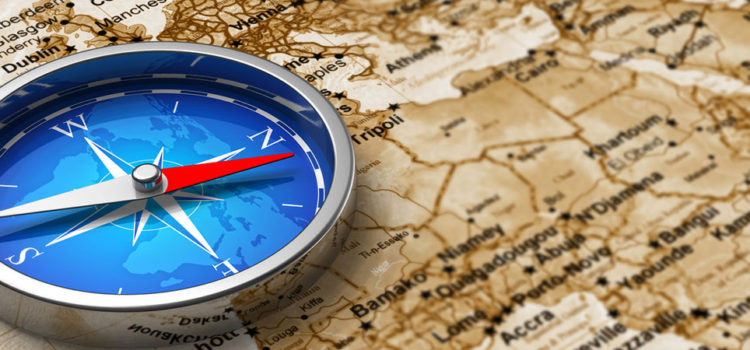NCERT Solutions for Class 10 Geography Chapter 7 Lifelines of National Economy
The Solutions for Chapter 7 – Lifelines of National Economy are given below. Students should also check NCERT Solutions for Class 10 for other subjects.
Page No. – 92
Exercises
1. Multiple choice questions.
A.Which two of the following extreme locations are connected by the east-west corridor?
- Mumbai and Nagpur
- Silcher and Purbandar
- Mumbai and Kolkata
- Nagpur and Siligudi
Solution:
(b) Silcher and Purbander
B. Which mode of transportation reduces trans-shipment losses and delays?
- Railways
- Roadways
- Pipelines
- Waterways
Solution:
(c ) Pipelines
C. Which one of the following states is not connected with the H.V.J. pipeline?
- Madhya Pradesh
- Maharashtra
- Gujarat
- Uttar Pradesh
Solution:
(b) Maharashtra
D. Which one of the following ports is the deepest land-locked and well protected port along the east coast?
- Chennai
- Paradip
- Tuticorin
- Vishakhapatnam
Solution:
(d) Vishakhapatnam
E. Which one of the following is the most important mode of transportation in India?
- Pipeline
- Railways
- Roadways
- Airways
Solution:
(b) Railways
F. Which one of the following terms is used to describe trade between two or more countries?
- Internal trade
- International trade
- External trade
- Local trade
Solution:
(b ) International Trade
2. Answer the following questions in about 30 words.
a.State any three merits of roadways.
Solution:
Three merits of roadways are:
- The construction cost of roads is much lower than that of railway lines
- Road transport is economical in the transportation of few persons and relatively smaller amount of goods over short distances
- Roads can traverse comparatively more dissected and undulating topography.
b. Where and why is rail transport the most convenient means of transportation?
Solution:
Rail transport is the most convenient means of transportation in the northern plains as there are level stretches of land with high population density and rich agricultural resources.
c. What is the significance of the border roads?
Solution:
Border roads are of strategic importance and these roads in the bordering areas of the country have improved accessibility in areas of difficult terrain and have helped in the economic development of these areas.
d. What is meant by trade? What is the difference between international and local trade?
Solution:
The exchange of goods among people, states and countries are referred to as trade.
Trade between countries is called international trade.
Local trade is carried out within cities, towns and villages of a country.
3. Answer the following questions in about 120 words.
a. Why are the means of transportation and communication called the lifelines of a nation and its economy?
Solution:
The means of transportation and communication are called the lifelines of a nation and its economy because they are the pre-requisites for fast development. Today, India is well-linked with the rest of the world despite its vast size, diversity and linguistic and socio-cultural plurality. Railways, airways, waterways, newspapers, radio, cinema, television and internet etc. have been contributing to its socio-economic progress in many ways.
Along with trade, these different means of transport and communication have enriched our life and added substantially to growing amenities and facilities for the comforts of life.
b.Write a note on the changing nature of international trade in the last fifteen years.
Solution:
Trade between countries is known as international trade. International trade has undergone a vast change in the last fifteen years. Exchange of goods and commodities have been superseded by the exchange of information and knowledge. For e.g., – India has emerged as a software giant at the international level, and it is earning large foreign exchange through the export of information technology.
International trade also depends on the relationship between the countries and other external factors like duties and tariffs on the transportation of goods. In the last fifteen years, different trade blocks have emerged which have changed how international trade was conducted previously.
Also See: Mineral and Energy Resources Geography Chapter 5 CBSE Class 10 NCERT Solutions





